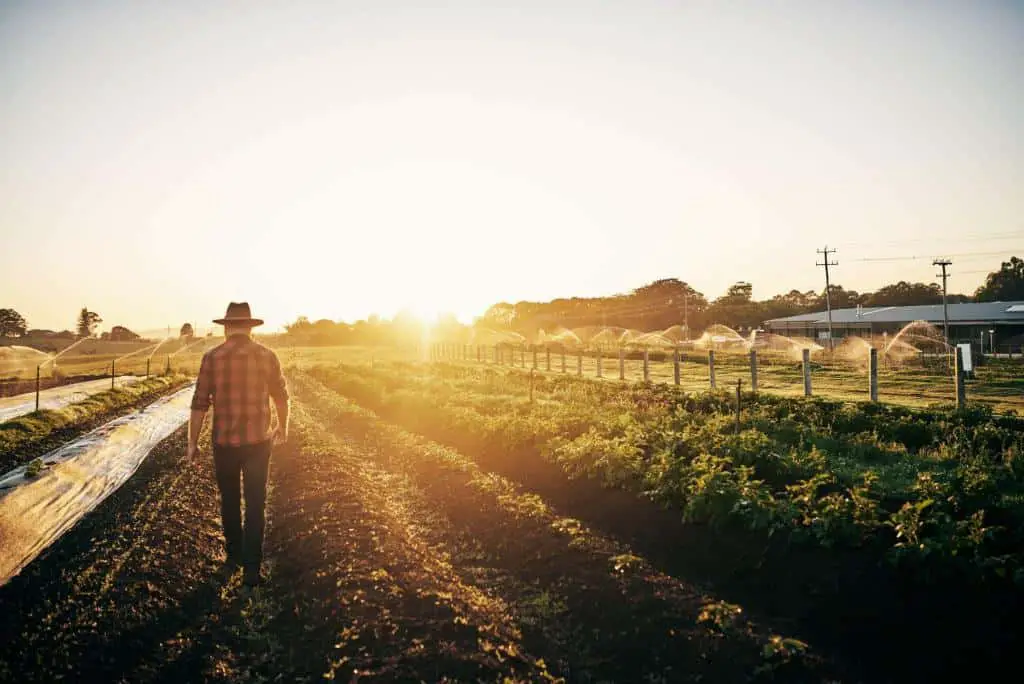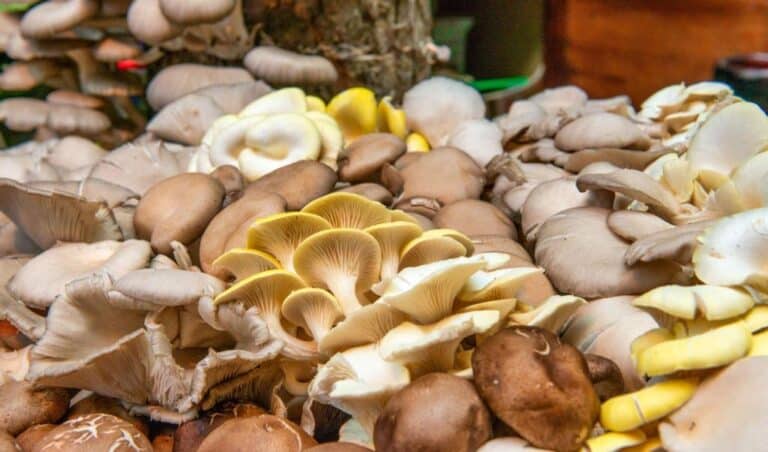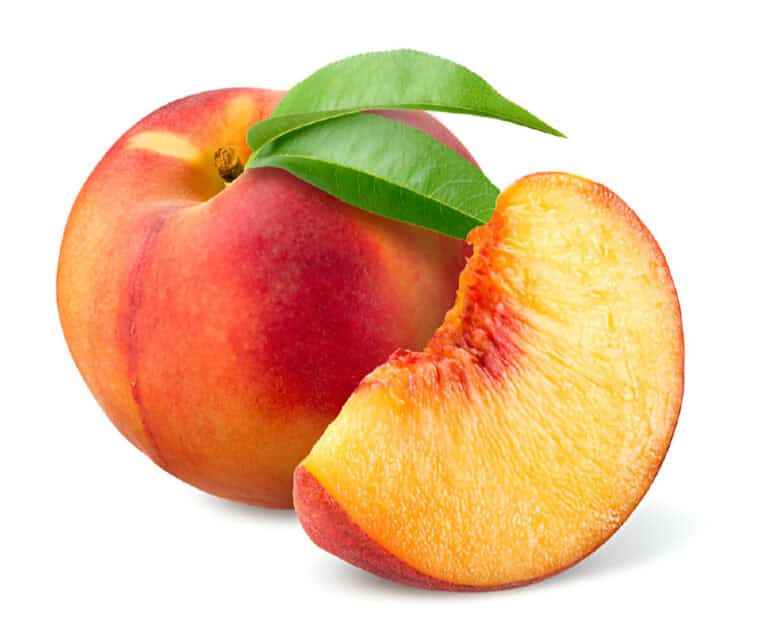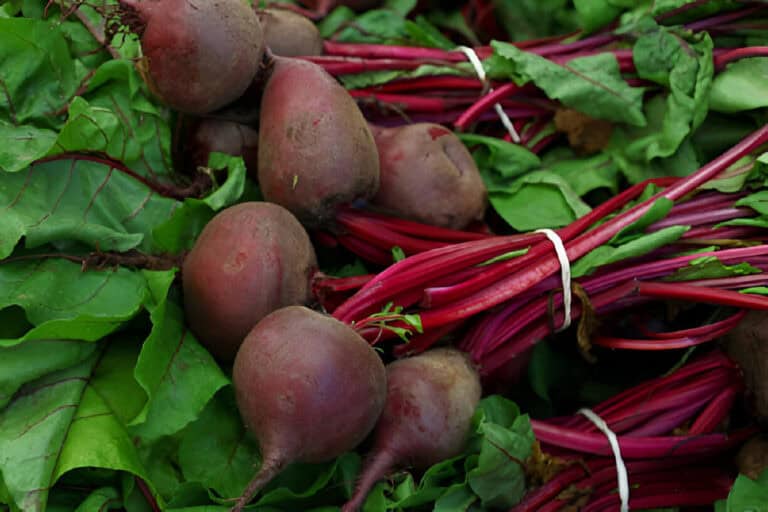What Is the Difference between Farming and Ranching? Agricultural Practices

Farming and ranching are two terms that are often used interchangeably, but they are actually two distinct practices. While both involve the cultivation and production of food, they differ in terms of the animals and crops they focus on as well as their respective production methods.
In this article, we will take a closer look at what farming and ranching are, the types of products they produce, and the differences between them. In addition to that, we’ll discuss animal husbandry, land management practices, and emerging trends in these practices.
Definition of Farming
Farming is a practice that dates back thousands of years, and it remains an essential aspect of modern society. At its core, farming is the art and science of producing food and other resources from the land. This involves using a combination of soil, water, and sunlight to grow crops and raise animals for human consumption.
Farming can take many different forms, from small-scale family farms to large commercial operations that span thousands of acres. The methods used in farming can also vary greatly depending on the specific crop or animal being raised, as well as the location and climate of the farm.
One of the key aspects of farming is the cultivation of the land. This involves preparing the soil for planting, choosing the right crops or animals to raise, and implementing techniques to optimize growth and yield. Farmers must also take into account factors such as weather patterns, pests and diseases, and market demand when planning their crops or livestock.
Another important aspect of farming is the use of technology and innovation. Advances in agricultural technology have revolutionized the way that farmers work, from the development of new machinery to the use of precision farming techniques that allow for more efficient use of resources. These innovations have not only increased productivity, but have also helped reduce the environmental impact of farming practices.
Farming is also a significant contributor to the global economy. According to the Food and Agriculture Organization of the United Nations, agriculture accounts for approximately 3% of global gross domestic product (GDP), and employs over 1.3 billion people worldwide. In many countries, farming is a critical source of income and livelihood for rural communities.
Types of Crops Grown on Farms
Farms grow different types of crops depending on their location, climate, and soil type. Some of the most common crops grown on farms include:
- Fruits and vegetables: Apples, oranges, bananas, carrots, lettuce, broccoli, and potatoes.
- Grains: Wheat, corn, rice, oats, and barley.
- Oilseeds: Soybeans, sunflowers, and canola.
- Fiber crops: Cotton and wool.
Farming Challenges
Despite its many benefits, farming also presents a number of challenges. Climate change, soil depletion, and market volatility are just a few of the issues that farmers must contend with on a daily basis. Additionally, the use of chemical pesticides and fertilizers can have negative impacts on the environment and human health if not managed properly.
Definition of Ranching
Ranching is a type of animal husbandry that primarily involves raising cattle, sheep, and goats for meat production. While ranching does also include the production of dairy products and wool, meat is the main focus.
Ranching typically involves large tracts of land, often measured in hundreds or thousands of acres, which are used for grazing the animals. This grazing land can be natural, such as grasslands, or can be managed through various means to improve its productivity.
The production of meat in ranching involves a number of processes, from breeding and rearing to feeding and caring for the animals. Ranchers must carefully manage their livestock to ensure that they are healthy and productive, and they must take steps to minimize the risk of disease or injury. They also need to ensure that the animals have access to clean water, nutritious food, and suitable shelter.
Cattle are the most common type of livestock raised on ranches, with beef being the primary product. Sheep and goats are also commonly raised for meat, and their wool can also be sold for additional income.
Ranchers often breed their own animals, using selective breeding to produce offspring with desirable characteristics such as a good meat-to-bone ratio, strong immune systems, and other traits that are important for efficient meat production.
Ranching is often associated with the American West, where vast tracts of land have traditionally been used for grazing cattle. However, ranching is a global industry, with many countries around the world producing meat through this method. In many cases, ranching is still a family-run business, with the skills and knowledge of livestock management being passed down through generations.
Types of Livestock Raised on Ranches
Ranches typically raise different types of livestock, depending on the region and climate. Some of the most common animals raised on ranches include:
- Cattle: Beef and dairy cattle are the most common animals raised on ranches. They are typically raised on large tracts of land, grazing on grass and hay.
- Sheep: Sheep are raised for wool, meat, and milk. They are often found on ranches in regions with harsh climates.
- Goats: Goats are raised for their milk, meat, and fiber. They are hardy animals that can survive in rugged terrain.
- Pigs: Pigs are raised for their meat and are often raised on smaller farms.
Ranching Challenges
In recent years, ranching has faced a number of challenges, including concerns over the environmental impact of large-scale grazing, as well as increased competition from other sources of meat production. However, many ranchers have adapted to these challenges, by adopting sustainable land management practices and using new technologies to improve the efficiency and productivity of their operations.
Despite these difficulties, ranching still plays a significant role in the global food industry by providing a sizable portion of the meat that people eat all over the world.
Key Differences between Farming and Ranching
Understanding these key differences between farming and ranching is important for anyone interested in agriculture, as it can help inform decisions about what type of agricultural activity to pursue as well as the tools, equipment, and knowledge needed to be successful in either activity.
1. Land Operations
One of the most significant differences between farming and ranching is the amount of land each requires.
- Land Size
Farmers typically work on smaller plots of land, while ranchers require vast expanses of land for their grazing animals. This difference in land size is due to the different production methods employed by each practice.
Farming typically involves planting crops in rows or patches, which can be easily maintained and harvested. In contrast, ranching involves allowing animals to graze freely over a large area, which requires more land to accommodate their needs.
- Type of Land
Farms and ranches also differ in the type of land they require. Farms are typically located in areas with fertile soil and access to water, such as river valleys or areas with ample rainfall. Ranches, on the other hand, require open grasslands for grazing, often in arid or semi-arid regions.
2. Focus on Crops vs. Livestock
Another key difference between farming and ranching is the primary focus of each practice. Farmers focus primarily on cultivating crops, while ranchers focus on raising and breeding livestock.
Farmers may grow a variety of crops, such as corn, soybeans, wheat, and vegetables, depending on the climate, soil conditions, and market demand. They may also raise animals for dairy or meat production, but these animals are typically a secondary source of income.
In contrast, ranchers focus primarily on raising grazing animals such as cattle, sheep, and goats. These animals are bred, raised, and cared for with the primary goal of producing meat, dairy, or wool products for the market.
3. Production Methods
The production methods used in farming and ranching are also quite different. Farmers typically use a combination of manual labor, machinery, and technology to cultivate their crops and manage their livestock.
They may use tractors, plows, and other equipment to till the soil, plant seeds, and harvest crops. They may also use irrigation systems, fertilizers, and pesticides to ensure optimal crop growth and yield.
In contrast, ranchers rely primarily on natural grazing and breeding practices to manage their herds. They may use horses, cattle dogs, and other tools to move their animals from one grazing area to another.
4. Equipment and Tools
The equipment and tools used in farming and ranching also differ. Farmers typically use a range of equipment, such as tractors, plows, and combines, to prepare the soil, plant and harvest crops, and manage pests and weeds. Ranchers, on the other hand, require equipment such as trucks, trailers, and fences to manage livestock and transport them to market.
5. Marketing and Distribution
The marketing and distribution of farm and ranch products also differ. Farmers typically sell their products through local markets, grocery stores, or directly to consumers through farmers’ markets or CSAs (Community Supported Agriculture). Ranchers, on the other hand, typically sell their livestock to meat processors, who then distribute the meat to grocery stores, restaurants, and other outlets.
6. Economic Importance
Farming and ranching also differ in their economic importance. While both activities are important for food production and contribute to the economy, ranching typically has a greater impact on the economy of rural areas due to its size and scope.
5. Challenges and Benefits
Both farming and ranching present unique challenges and benefits. Farmers face challenges such as climate change, soil depletion, and market volatility, which can affect their crop yields and profitability.
Ranchers face challenges such as land management, animal health, and market demand, which can impact the quality and quantity of their meat and dairy products.
However, both practices also offer significant benefits. Farmers can enjoy the satisfaction of producing fresh, healthy food for their families and communities while also contributing to the local economy.
Ranchers can take pride in their role as stewards of the land, preserving natural habitats and promoting sustainable agriculture practices. They also have the opportunity to provide high-quality meat and dairy products to consumers who value locally-sourced, grass-fed, and organic products.
Land Management Practices
Land management practices are the techniques used to manage land and natural resources. While both farming and ranching involve land management, the practices involved differ significantly.
Land Management Practices in Farming
Farming involves a variety of land management practices, including tilling, fertilizing, and irrigation. Farmers often use large machines like tractors to till the soil, making it easier for crops to grow. They also use fertilizers to add nutrients to the soil and irrigation systems to provide water to the crops.
Land Management Practices in Ranching
Ranching involves a different set of land management practices. Rather than altering the land to suit the animals, ranchers work to manage the land to provide for the animals’ needs. This includes managing the vegetation to ensure that there is enough food for the animals to graze on, and providing sources of water. Ranchers often use rotational grazing, where the animals are moved from one area to another to allow the land to rest and recover.
How Is Animal Husbandry Different in Farming and Ranching?
Animal husbandry refers to the care and management of animals, including feeding, breeding, and disease control. While both farming and ranching involve animal husbandry, there are differences in the practices involved.
Animal Husbandry in Farming
In farming, animal husbandry focuses on the breeding and care of livestock animals like cows, pigs, and chickens, primarily for meat, milk, and eggs. Farmers raise these animals in confined spaces like barns and sheds and provide them with feed, water, and medical care. The animals are usually kept indoors or in small, enclosed areas for most of their lives.
Animal Husbandry in Ranching
In ranching, animal husbandry involves the care of large animals like cattle, sheep, and horses, which are raised primarily for their meat, wool, and hide. Ranchers allow their animals to roam freely over vast areas of land, grazing on natural vegetation. The animals are not confined to small areas, and the focus of their care is on their natural behavior and growth.
What Are Some Emerging Trends in Farming and Ranching?
Farming and ranching are constantly evolving to meet the changing needs of consumers and the environment. Some of the emerging trends in the industry include:
- Sustainable farming and ranching practices that reduce environmental impact and promote biodiversity
- Organic farming and ranching that avoids the use of synthetic pesticides and fertilizers
- Vertical farming, which involves growing crops in indoor environments, uses less water and land than traditional farming methods.
- Precision farming, which uses technology like sensors and drones to optimize crop yields and reduce waste,







